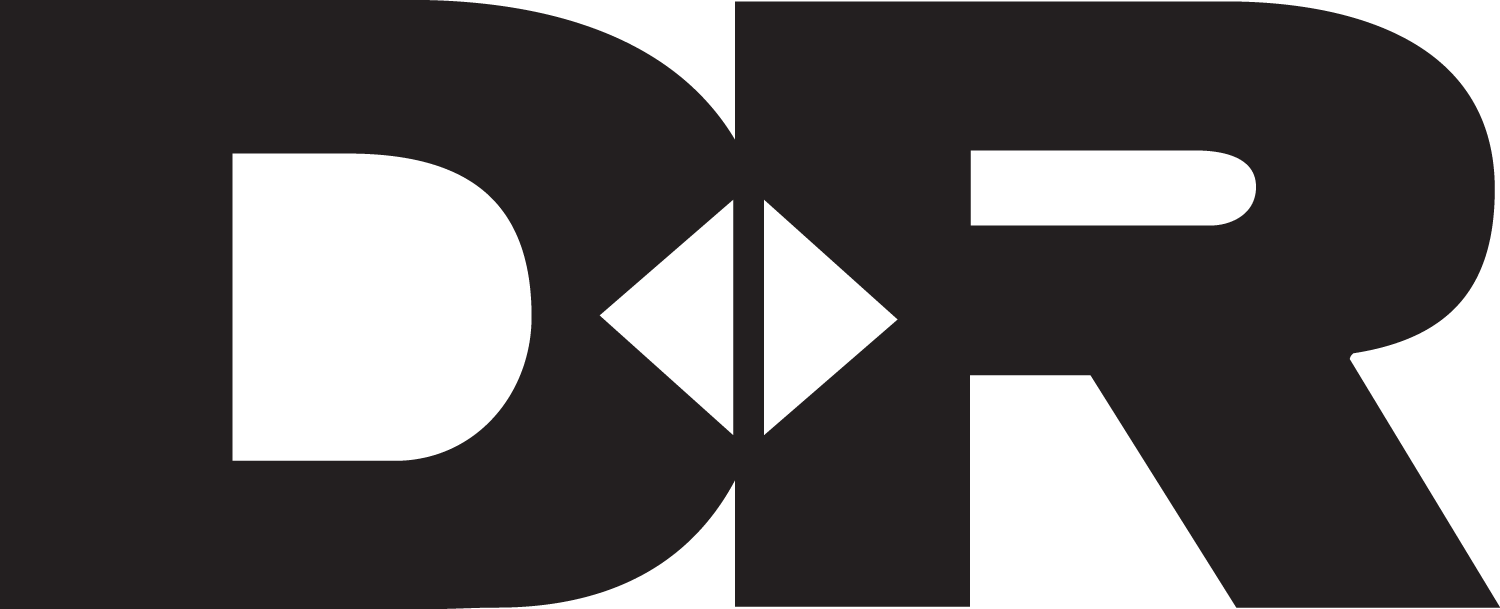Teaching Decision Skills in the Classroom
Researchers: Robin Gregory, Lee Failing & Brooke Moore
We live in an age when children still in elementary school are being asked to make difficult choices about who they consider to be friends, how they spend their afterschool time, and when to join in risky activities others think of as fun. These students—and their peers in junior or senior high schools—are expected to be able to cope with life’s choices on the basis of what they have learned at home or in school. Yet most young people receive little or no formal training in the required decision-making skills. We find this omission troubling, because students are less likely to be confident in expressing themselves, facing life’s daily problems, or contributing meaningfully to society if they lack the ability to make good choices.
What does this mean? Sound decision-making practices require three main elements. The first is identifying the values that could be affected by a choice: what important concerns, for myself or others, could be changed (for better or worse) by this decision? The second is identifying what might happen: this brings in factual information that anticipates the likely consequences of actions. The third component is using this knowledge of values and facts to work with others and create responsive alternatives.
Making decisions involves two modes of thinking: automatic/intuitive thinking, which takes place very quickly, and thinking slowly, in ways that are thoughtful or reflective (often referred to as critical reasoning). This distinction is well-documented and forms the basis for individual and group training in problem solving taught in business schools and industries throughout North America. Yet K–12 school curricula typically stop short of explaining how to teach the associated decision-making skills; instead, it’s left to the discretion of classroom teachers, who typically lack knowledge of effective decision-making practices. As a result, little classroom time is currently spent helping students identify and learn the core elements of sound decision making.
The skills themselves are not difficult, but unless they’re made explicit it’s easy to neglect key steps. Consider knowing what matters to you. This sounds like a simple task, but many children will look first to others or to the internet and rarely are asked to think for themselves. The same goes for coming up with creative alternatives: in most cases, children are either not given a choice or, if they are, it’s the binary option of selecting either A or B. It’s no wonder that when we move to societal decisions involving many people, students find it difficult to talk with others or to understand different perspectives. Rather than creative, shared solutions based on dialogue, the end result is often arguments where each party stubbornly puts forth their own point of view, leading to polarization and conflict.
With the support of administrators and teachers from the Delta School district (a suburb of Vancouver, British Columbia), we have been exploring the possibilities for systemic changes in students’ individual and collective choice-making skills. We first designed a half-day decision-skills training program for K–12 teachers, then worked with these educators over several months to develop a range of curricula. Importantly, all materials link to grade-specific competencies and are easily accessible, so they engage students and result in a decreased workload for teachers rather than adding extra tasks. Although our project remains in its early stages, we find that in classrooms where decision skills have been introduced, the response of both teachers and students is highly positive and students’ level of discourse and sophistication in decision-making have improved.
Larger goals of the program include helping younger people to engage more actively in civil society and to overcome feelings of hopelessness that often characterize the relationship of youth to larger social issues, such as climate change, poverty, and immigration. By practicing deep listening and reflecting on the interests of others, students learn to make choices that exhibit compassion, tolerance, and understanding. Just think about how the world could change when these decision-smart kids grow up . . .
Robin Gregory is a Senior Research Scientist with Decision Research. Brooke Moore is a Principal with the Delta, B.C. School District. Lee Failing co-leads Compass Resource Management in Vancouver.
PI Links

